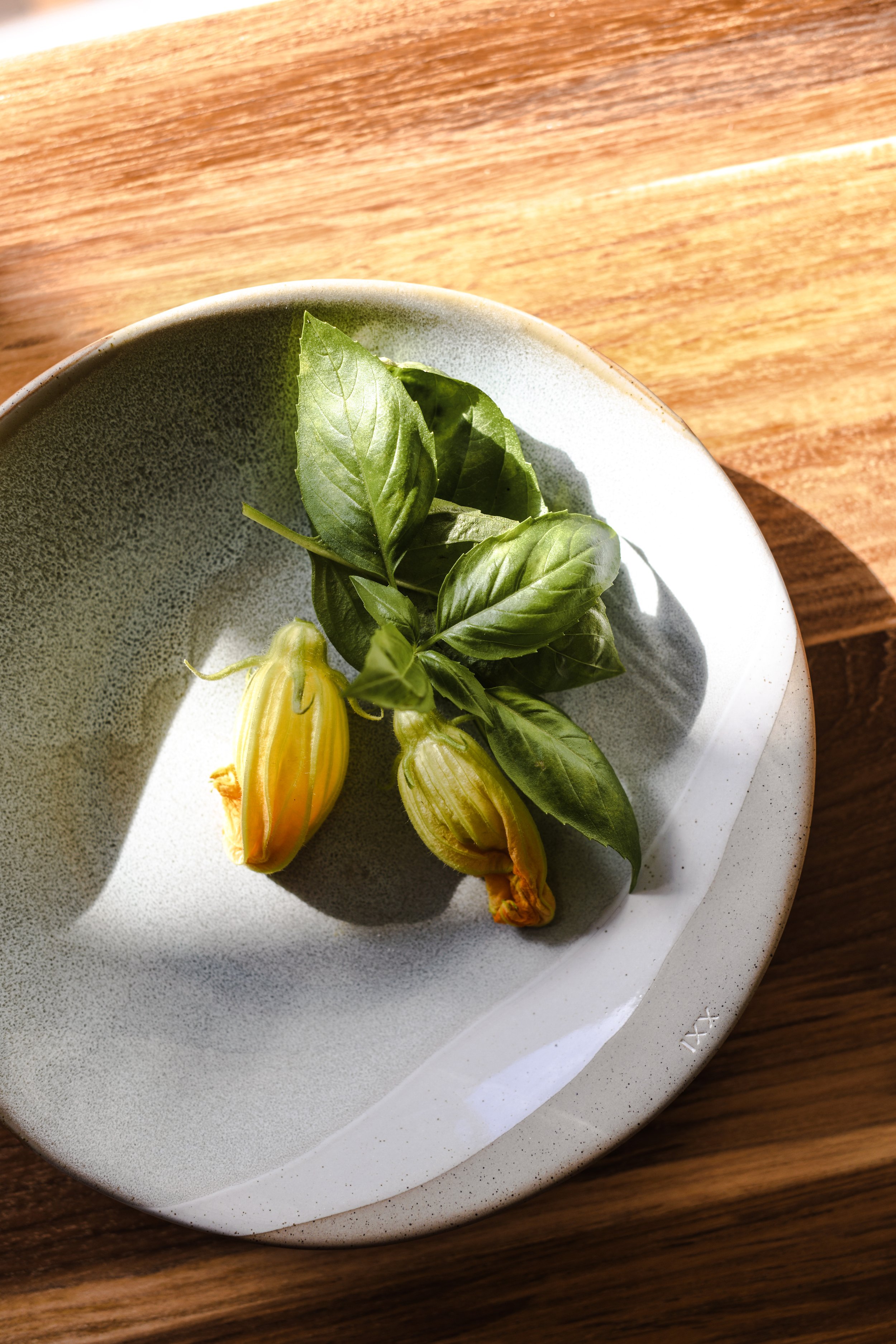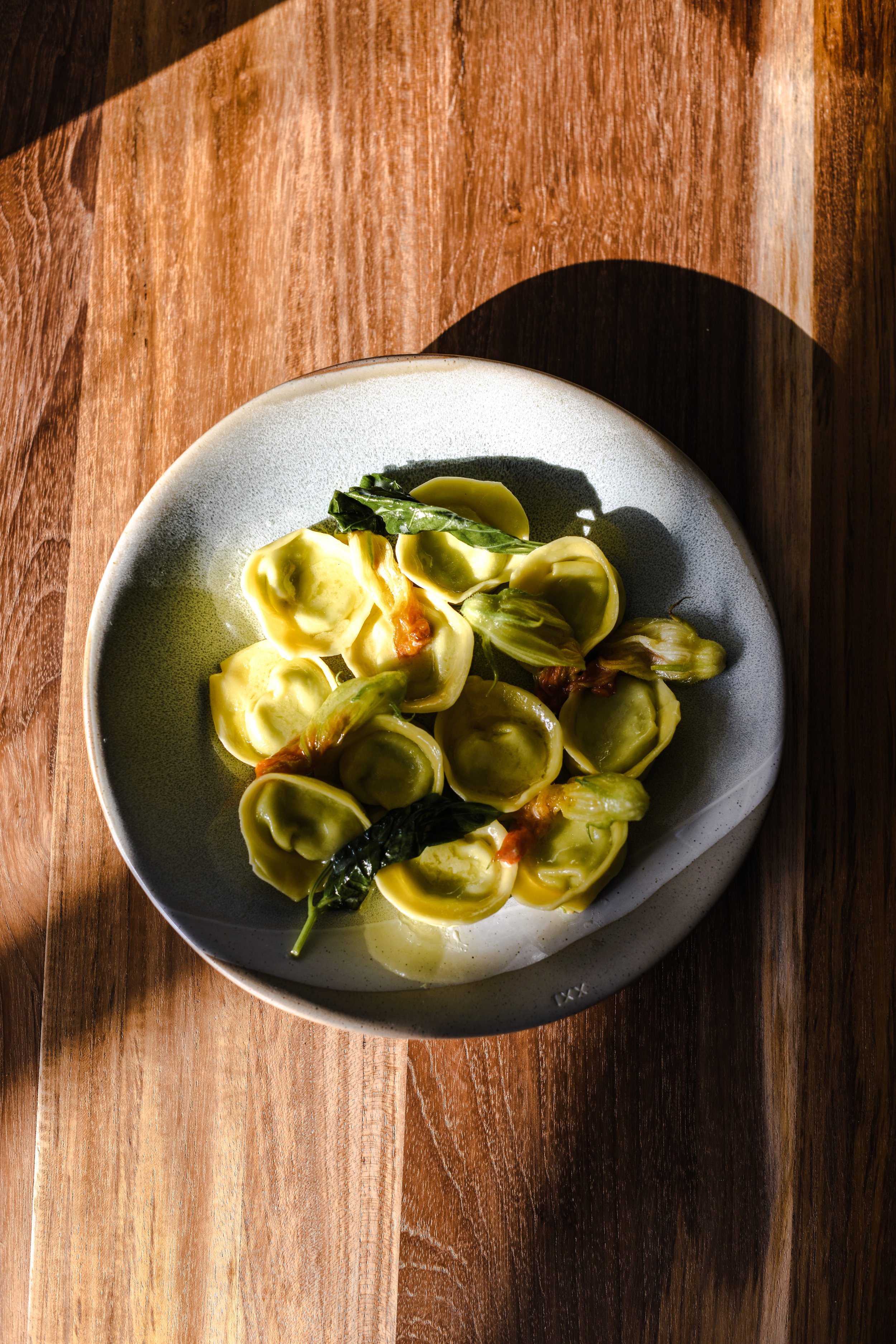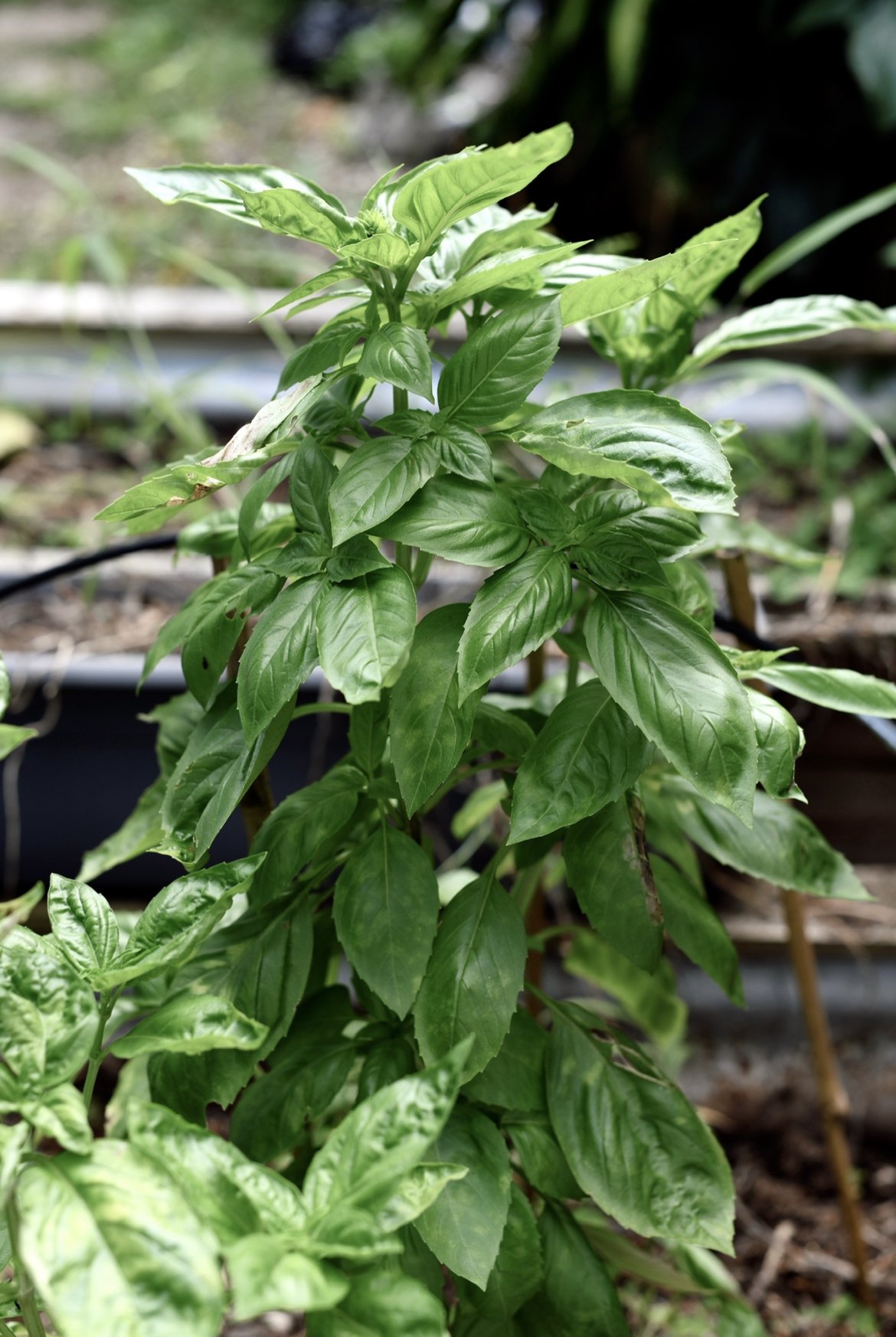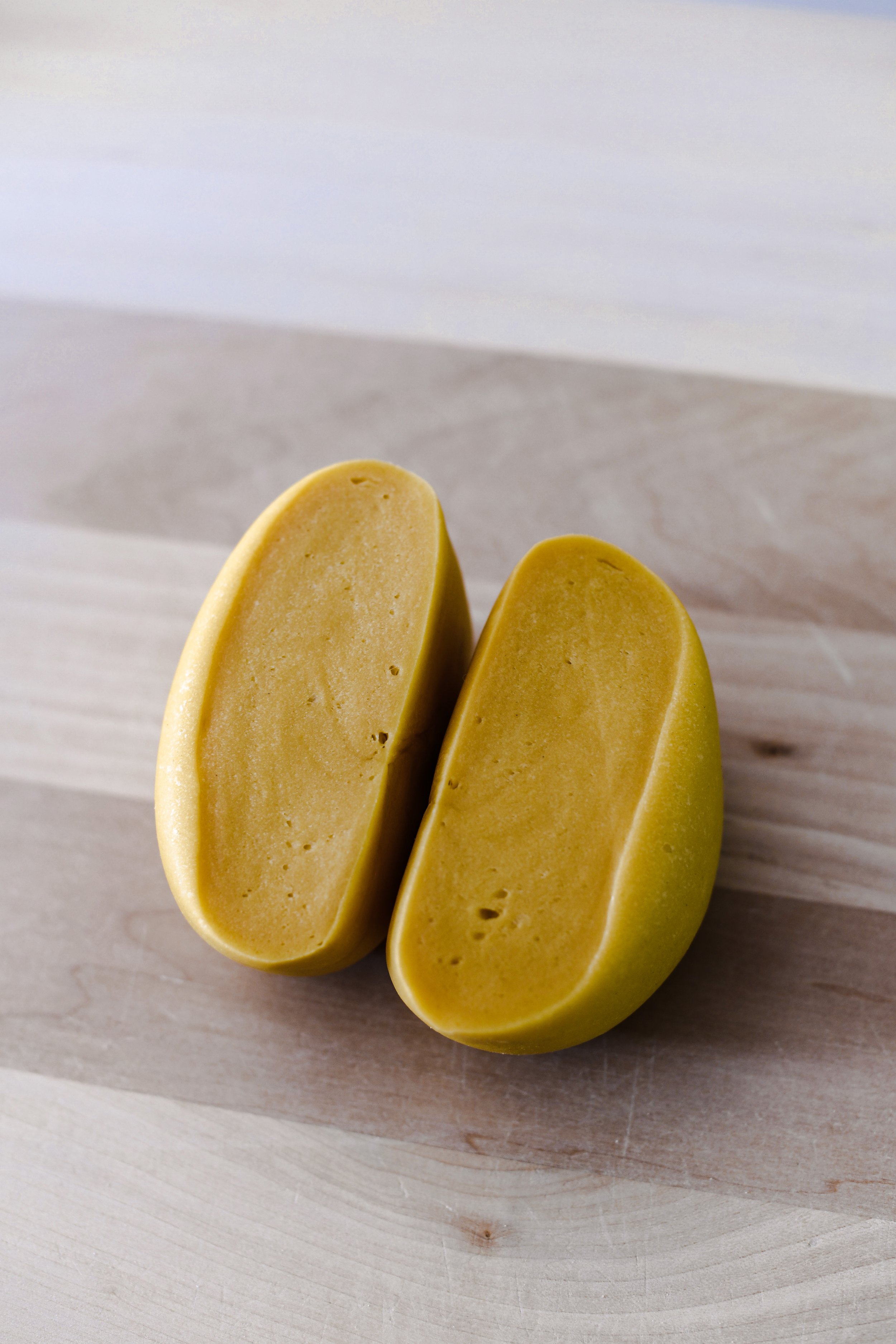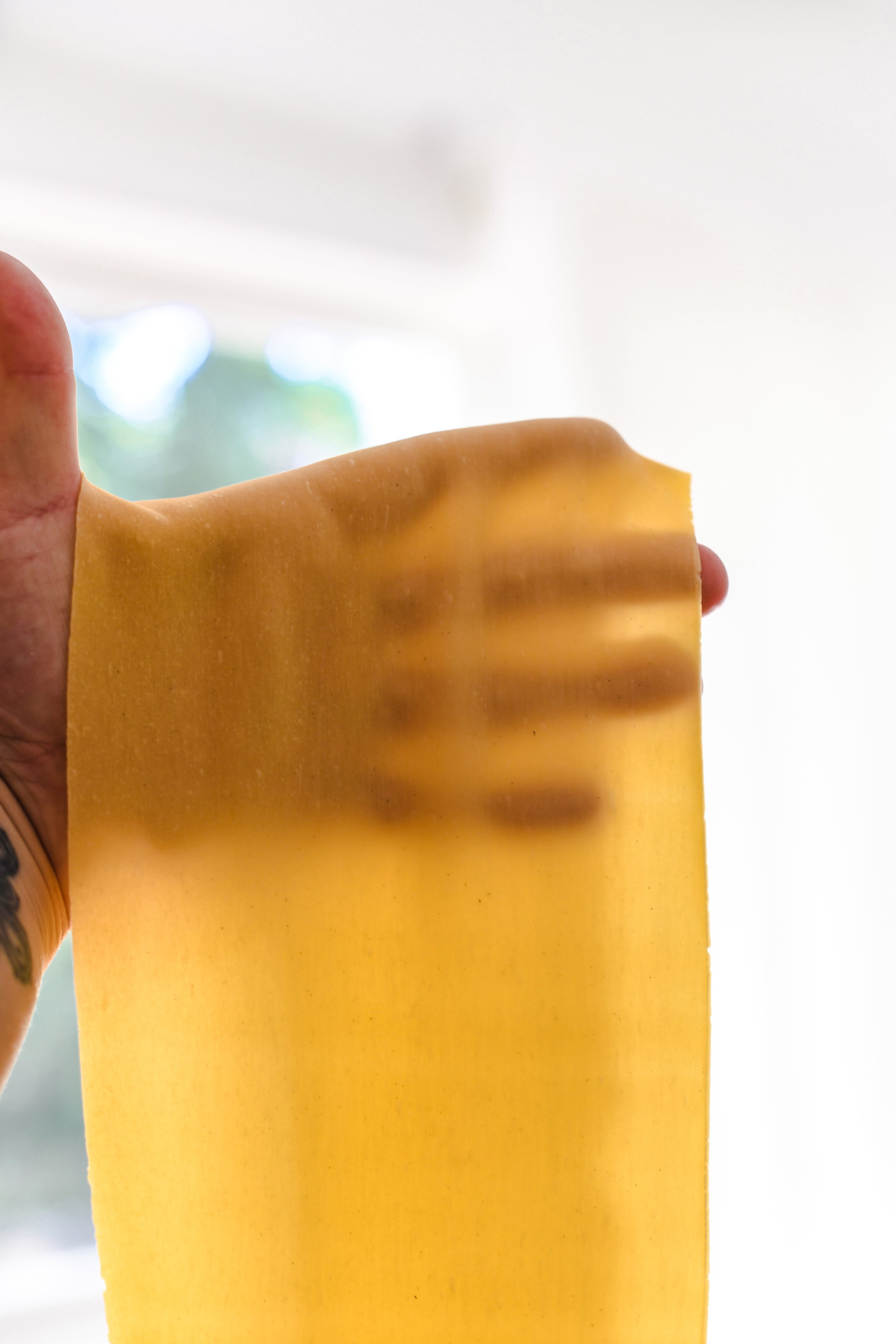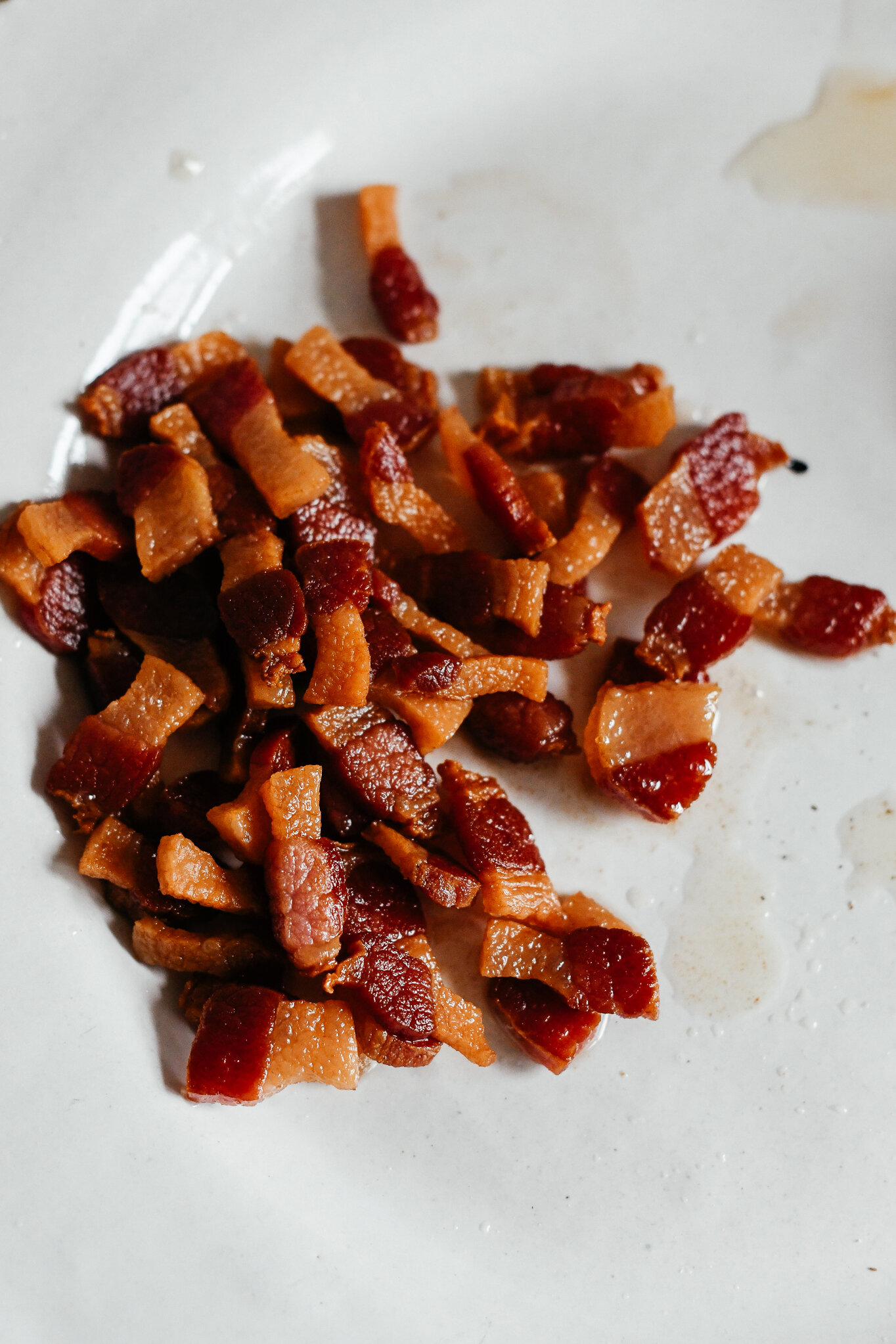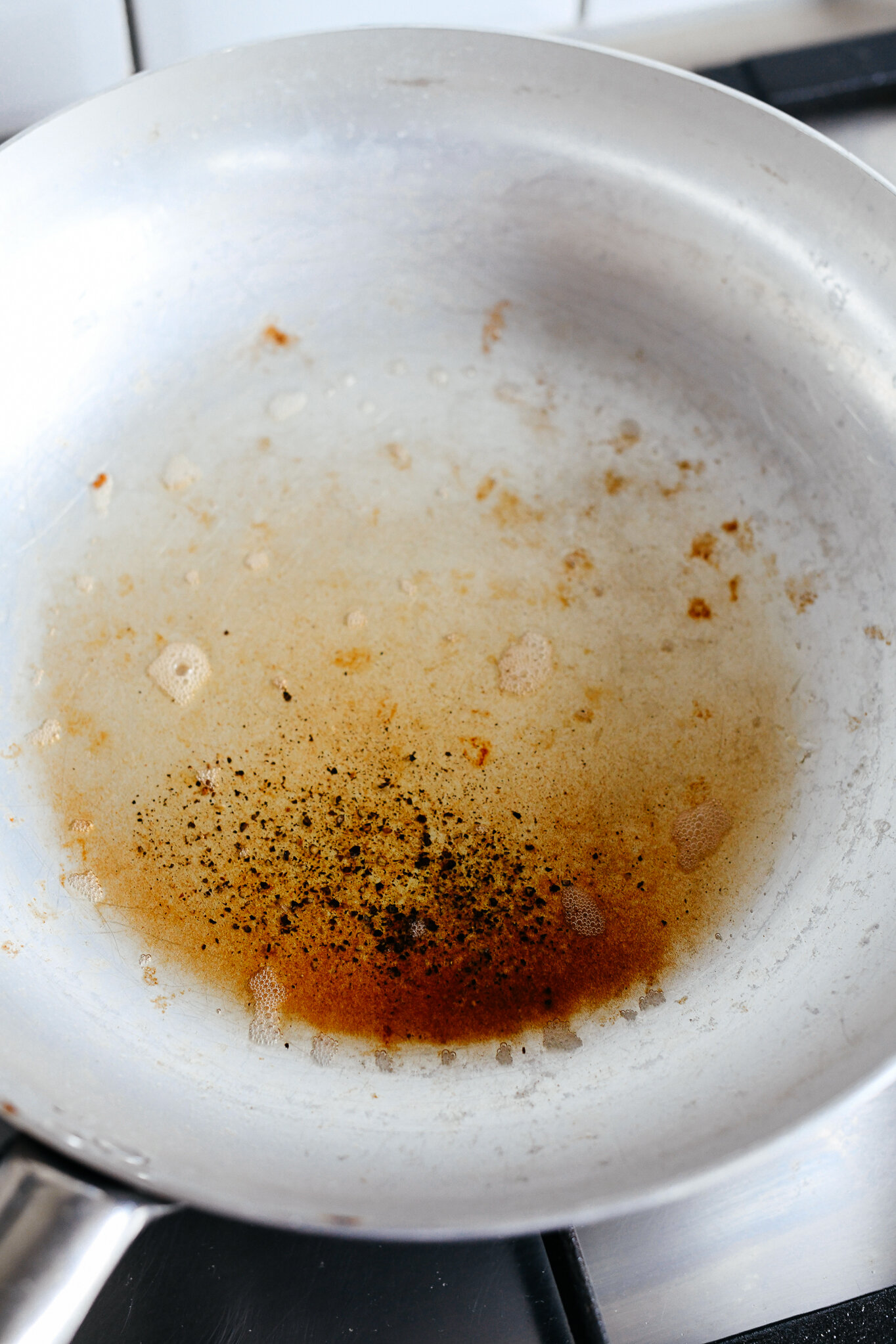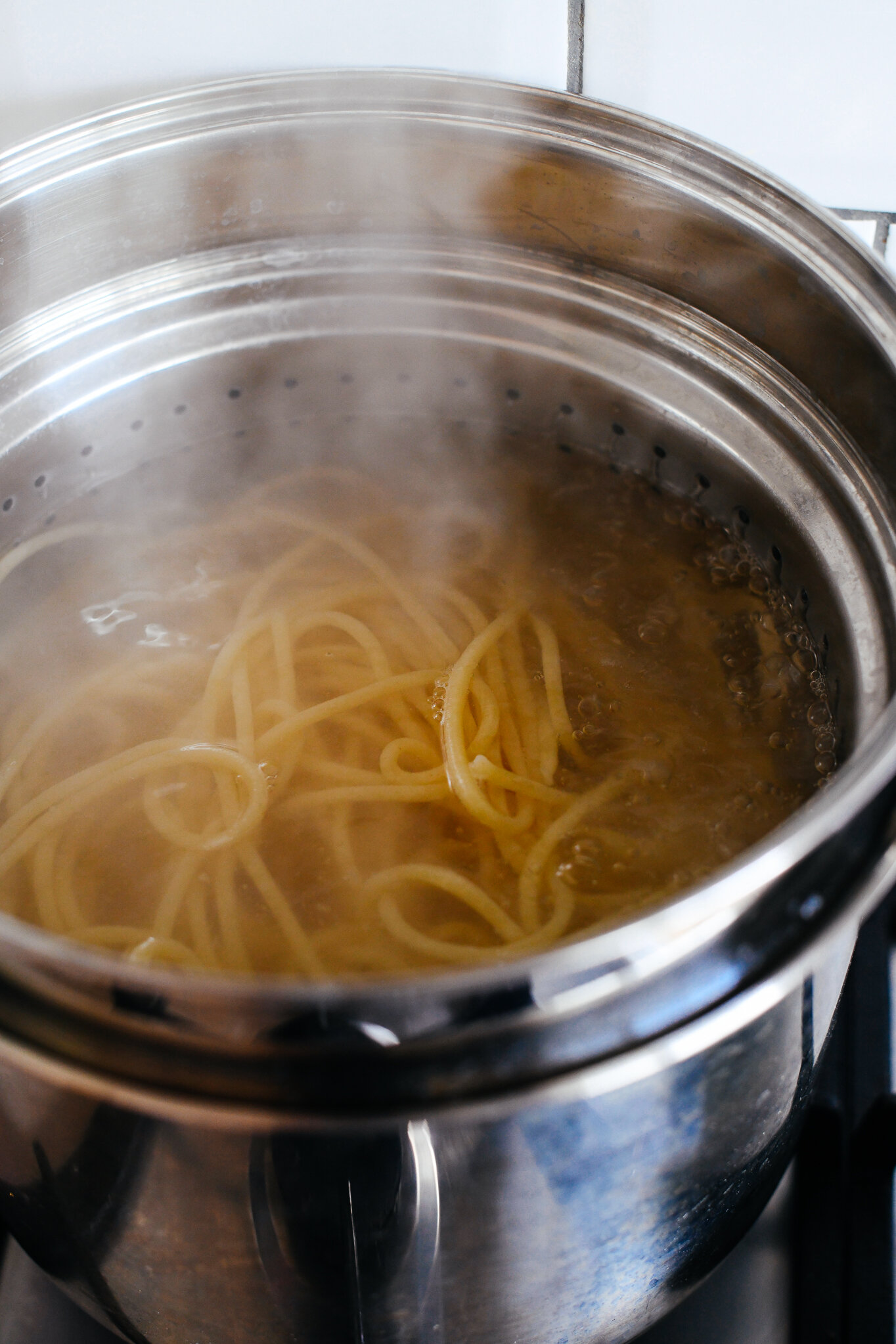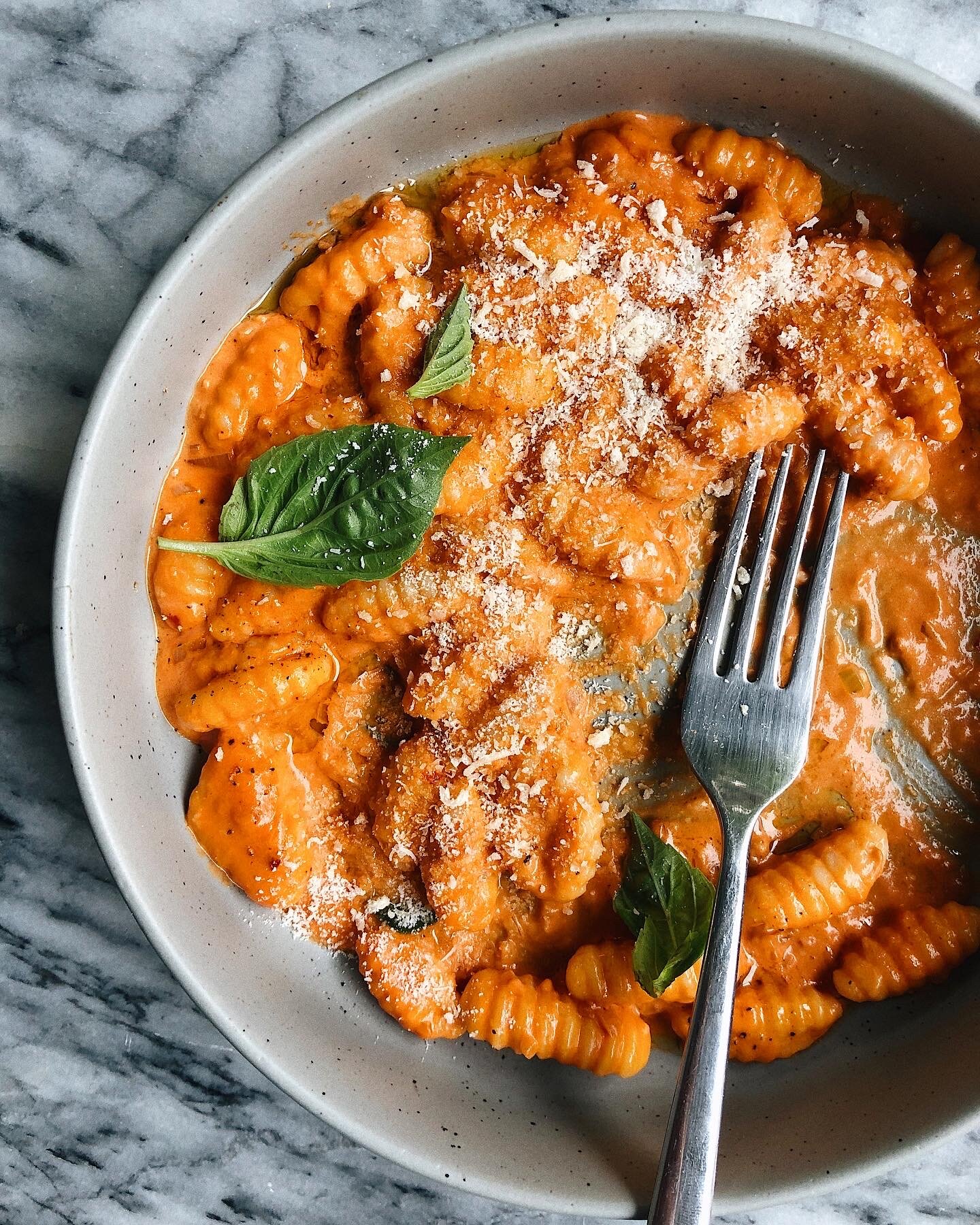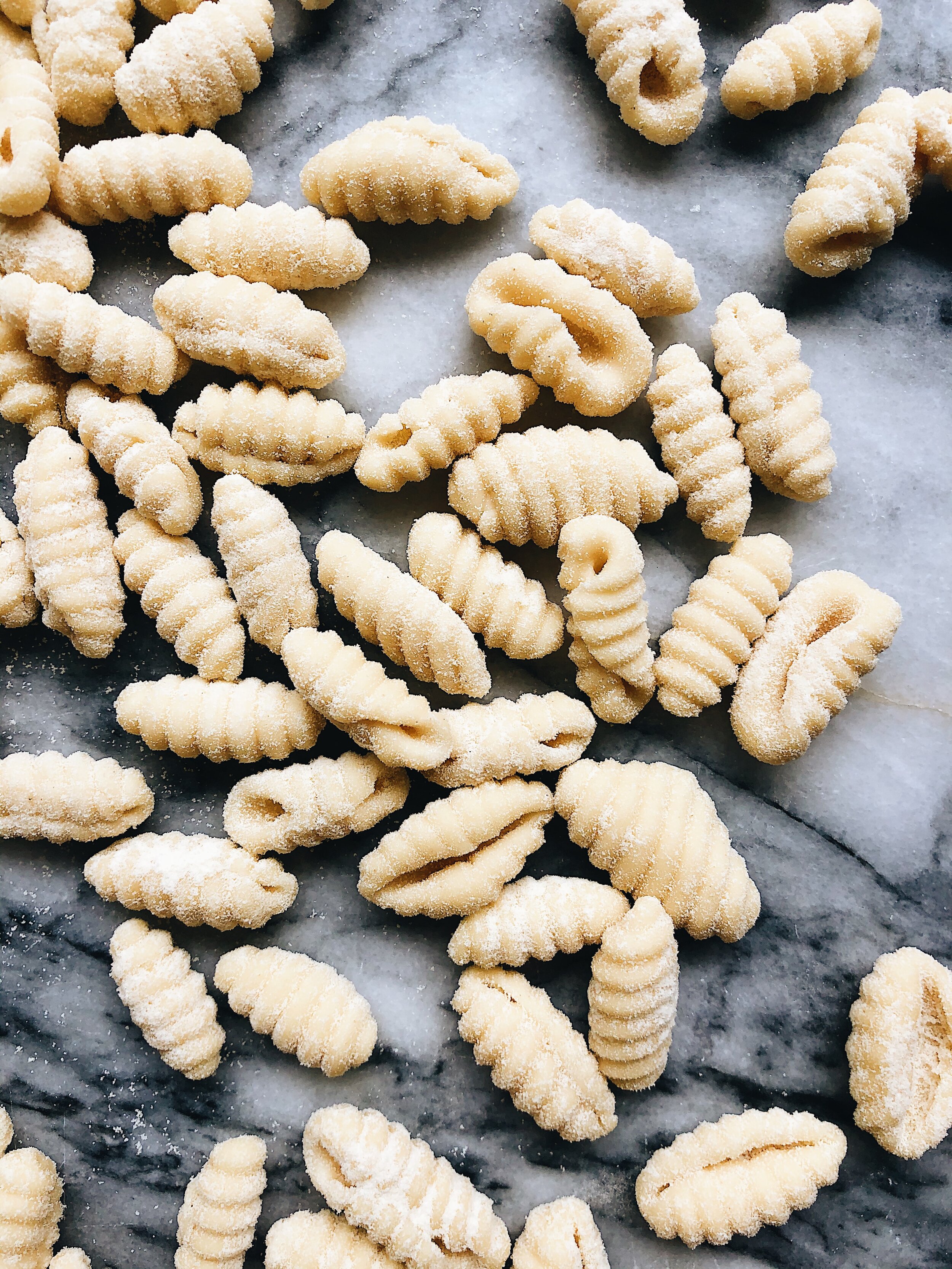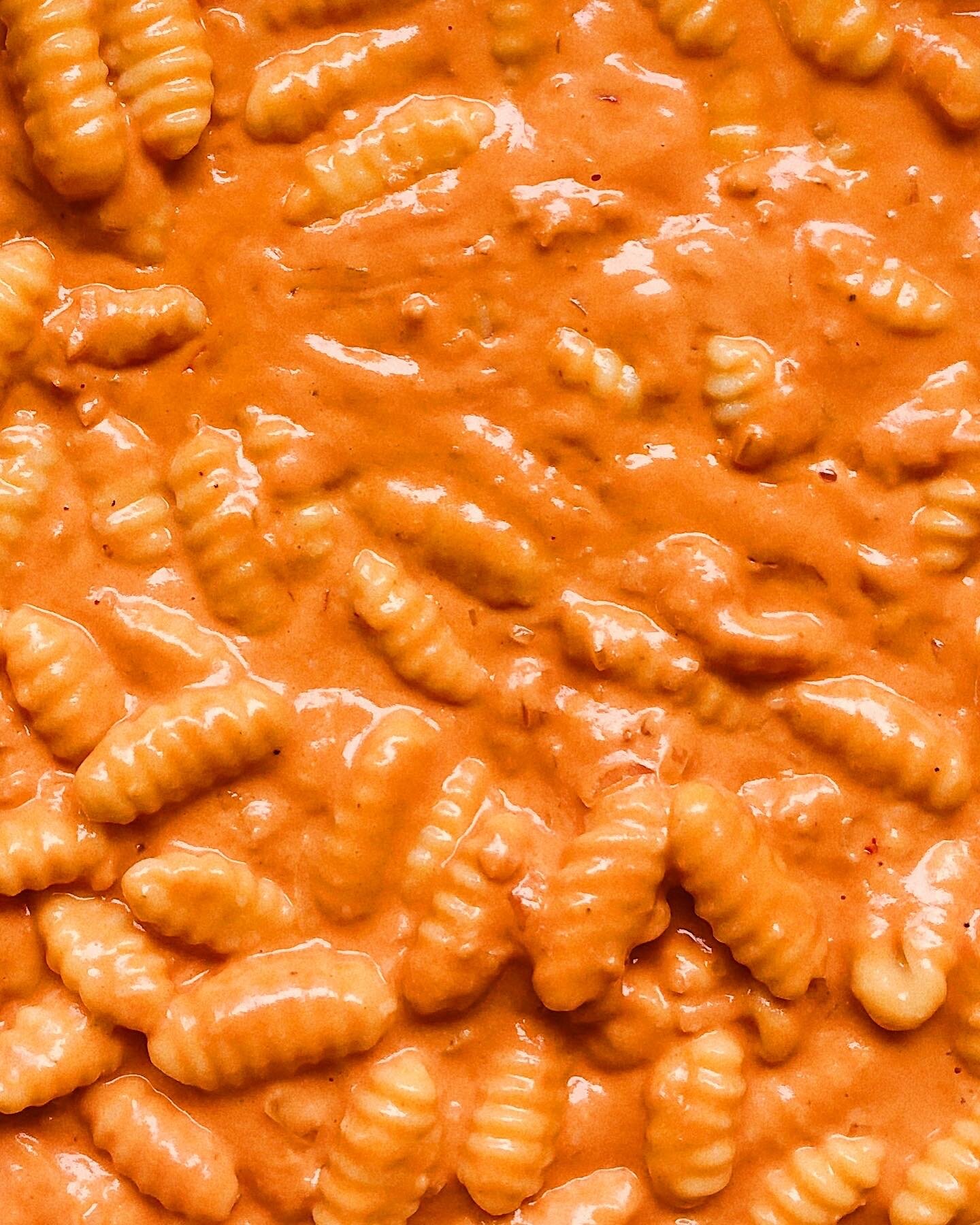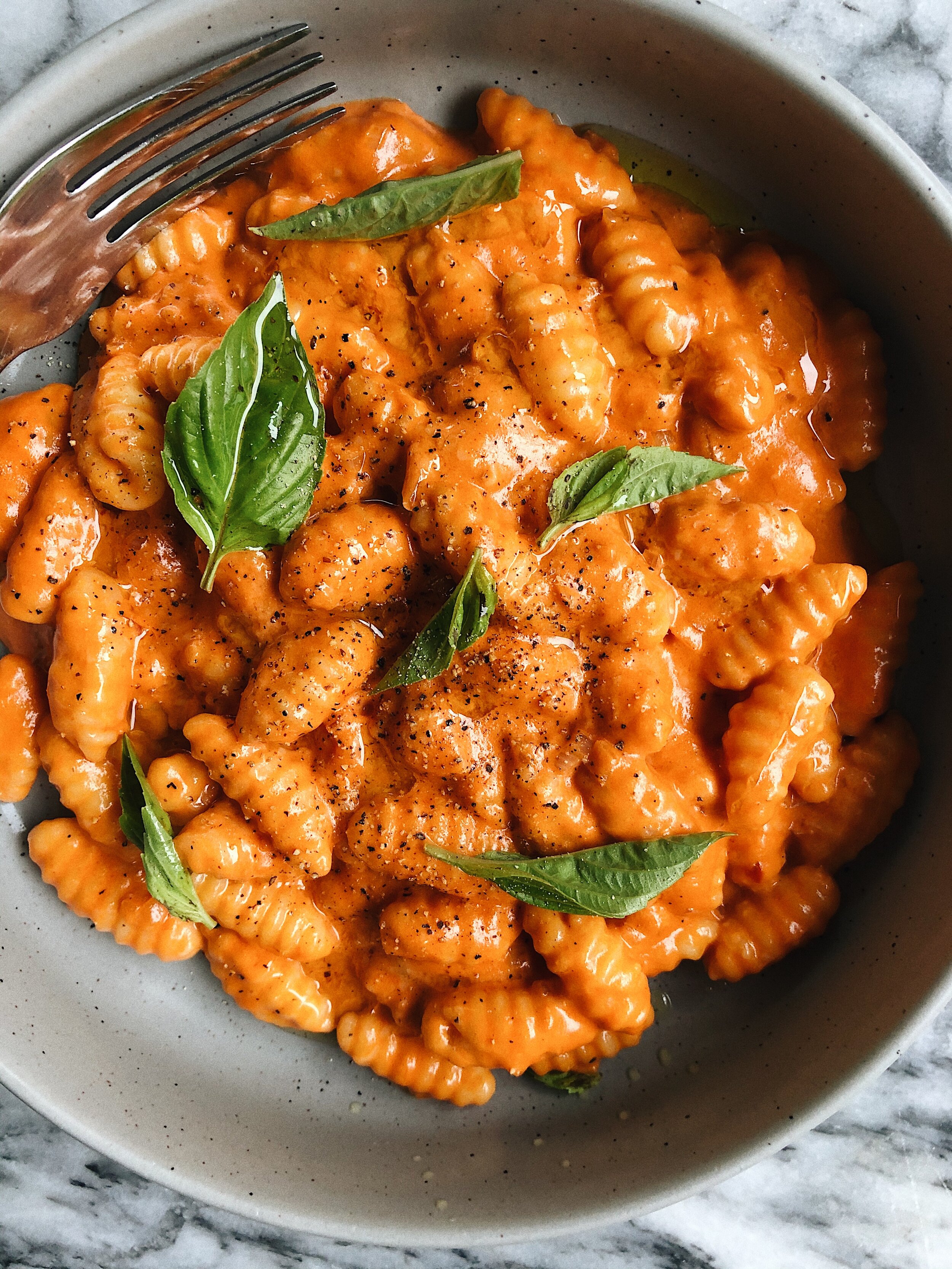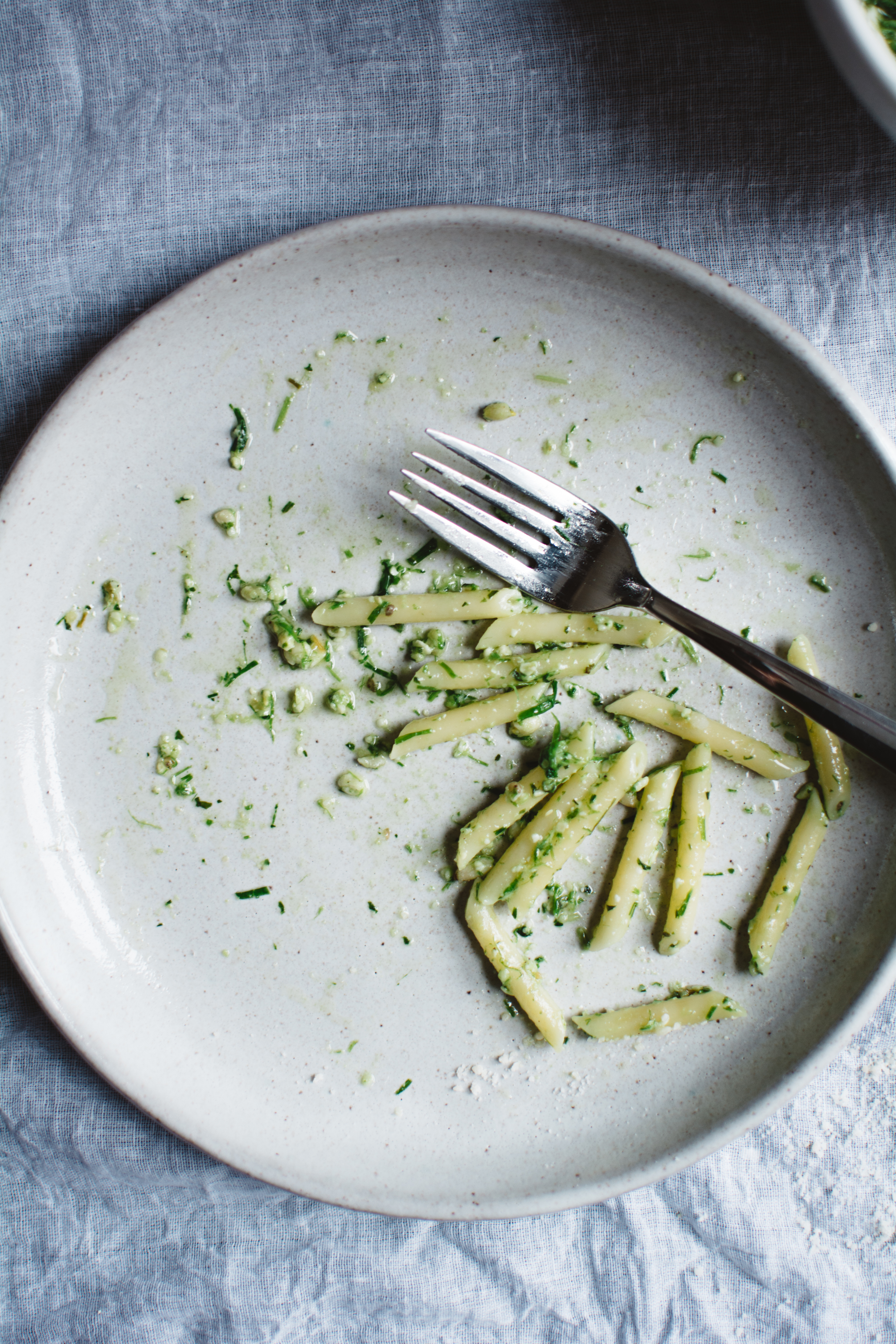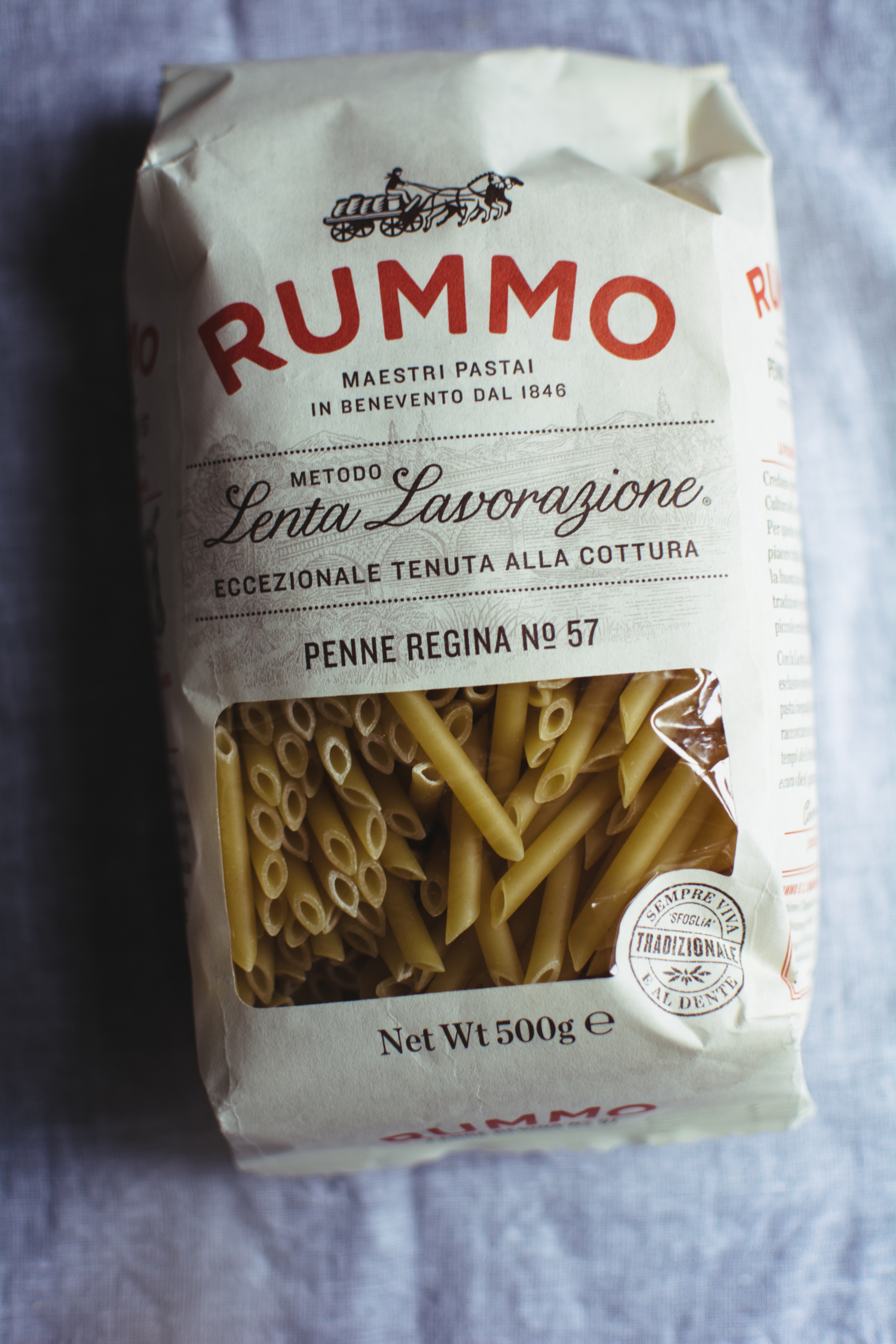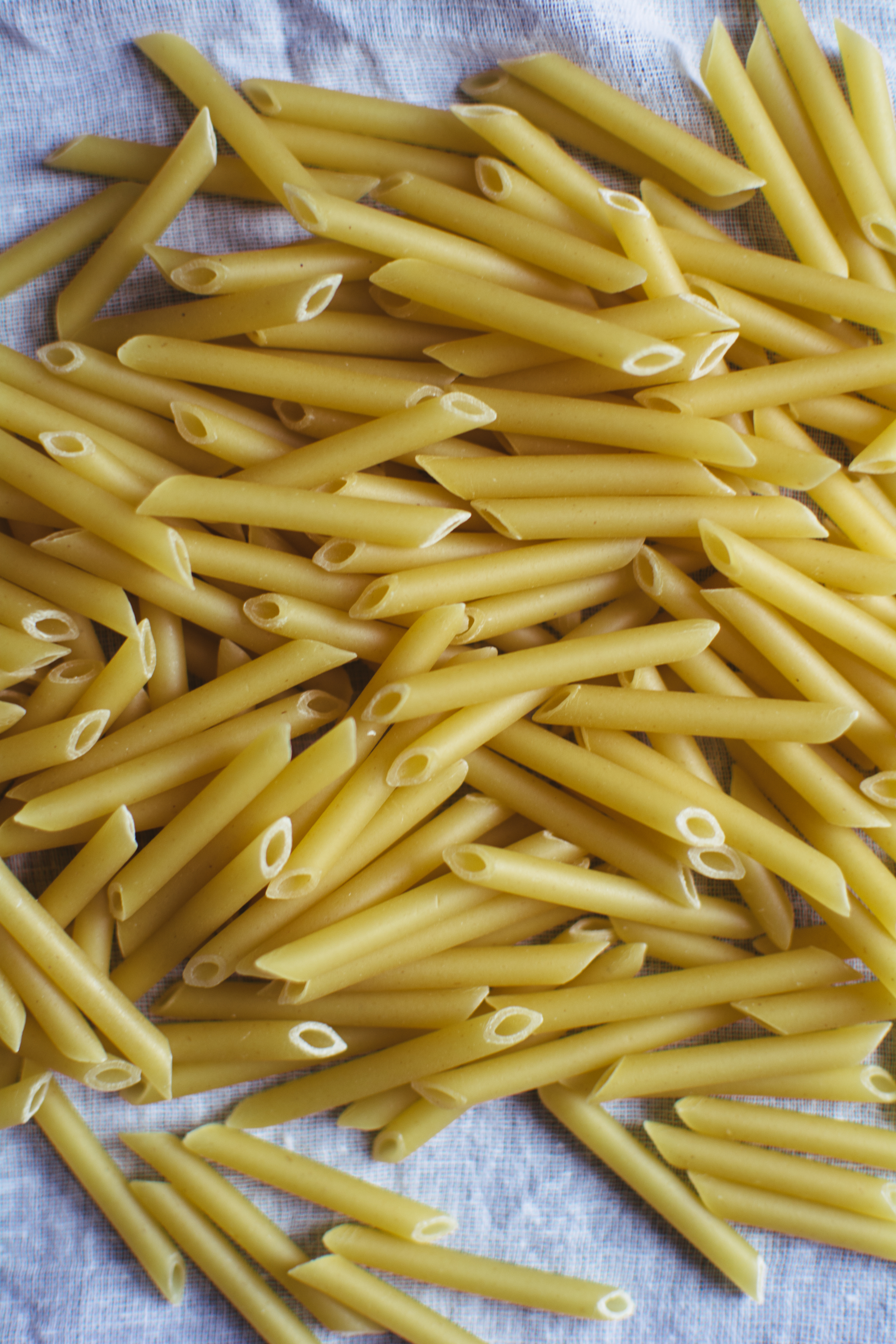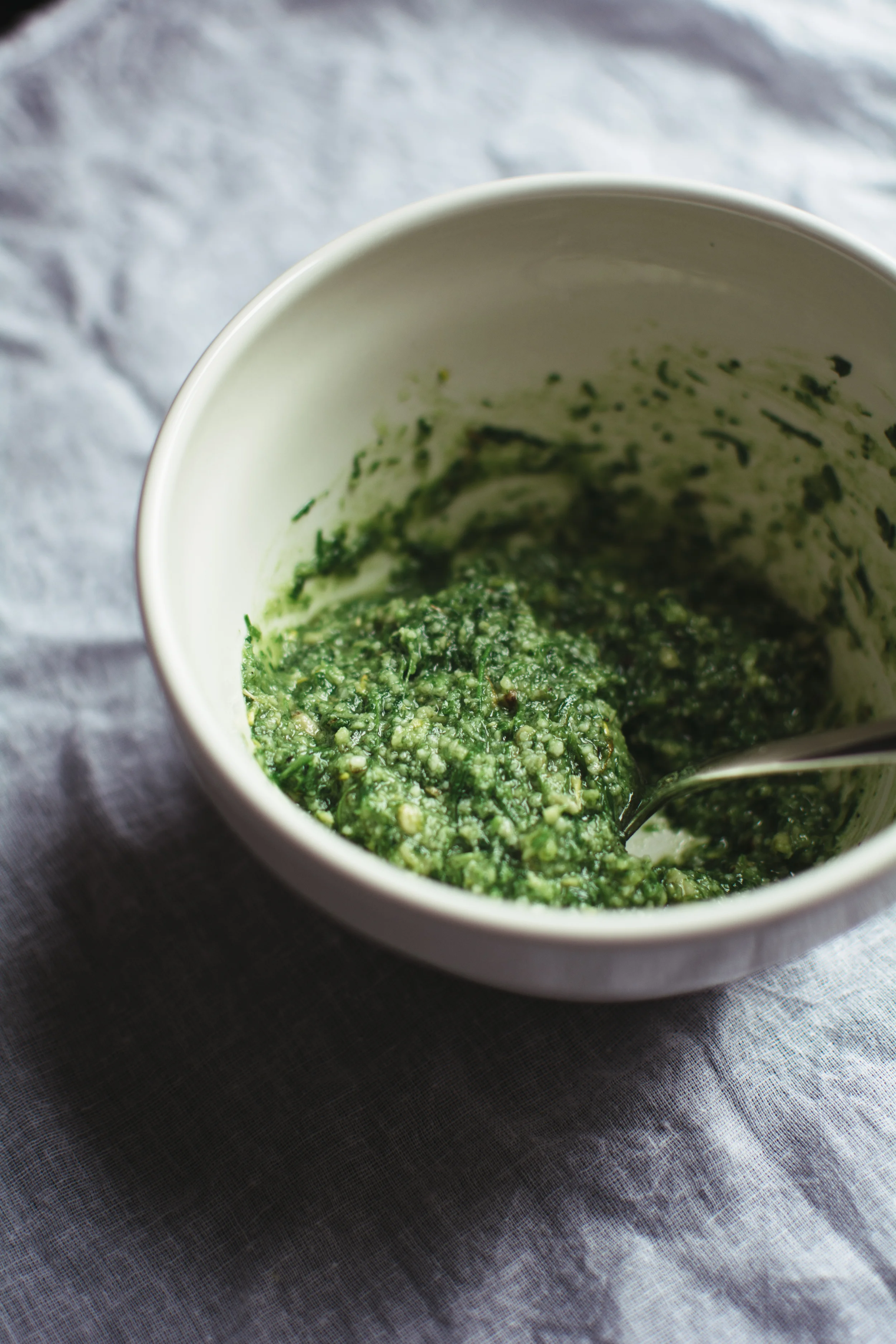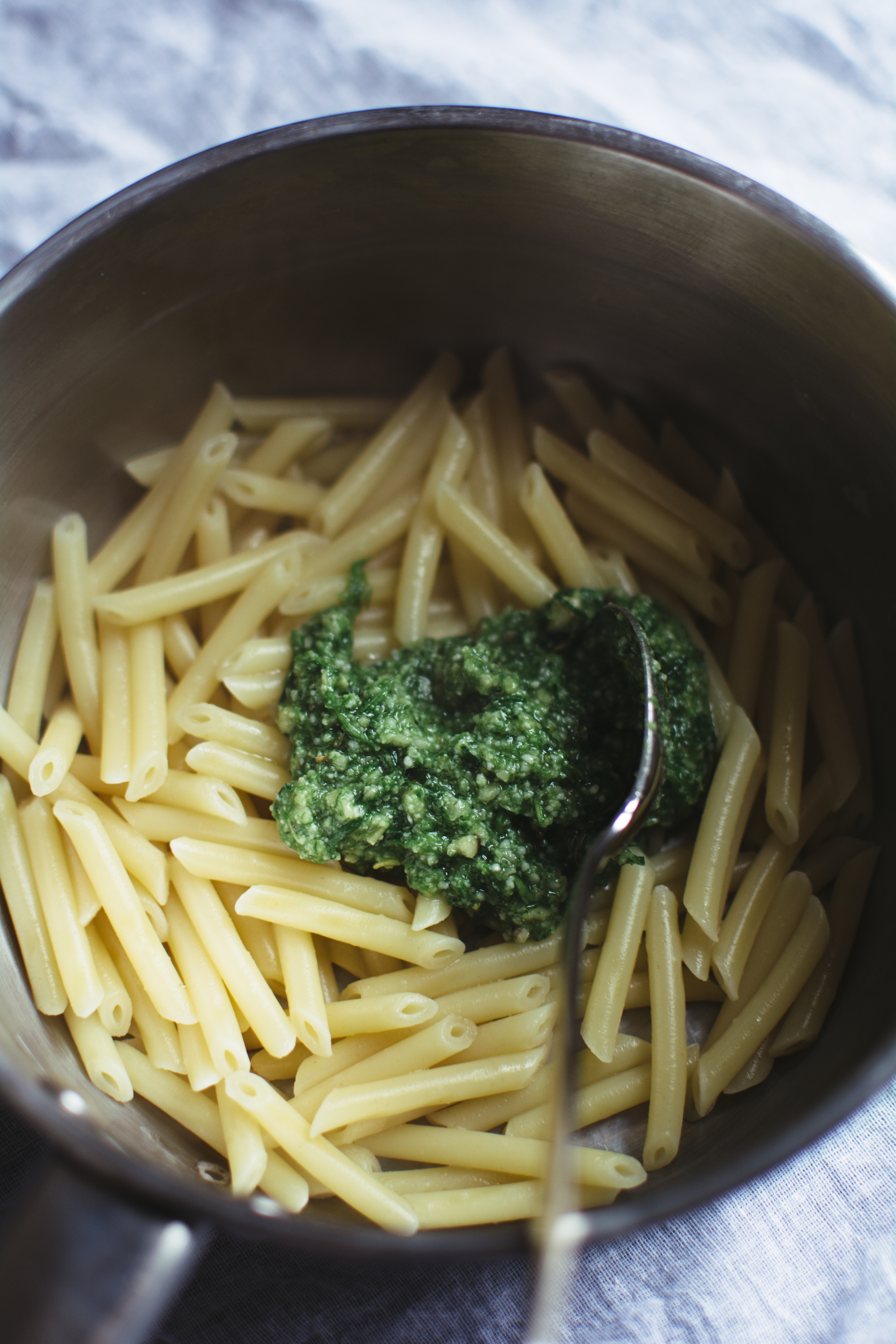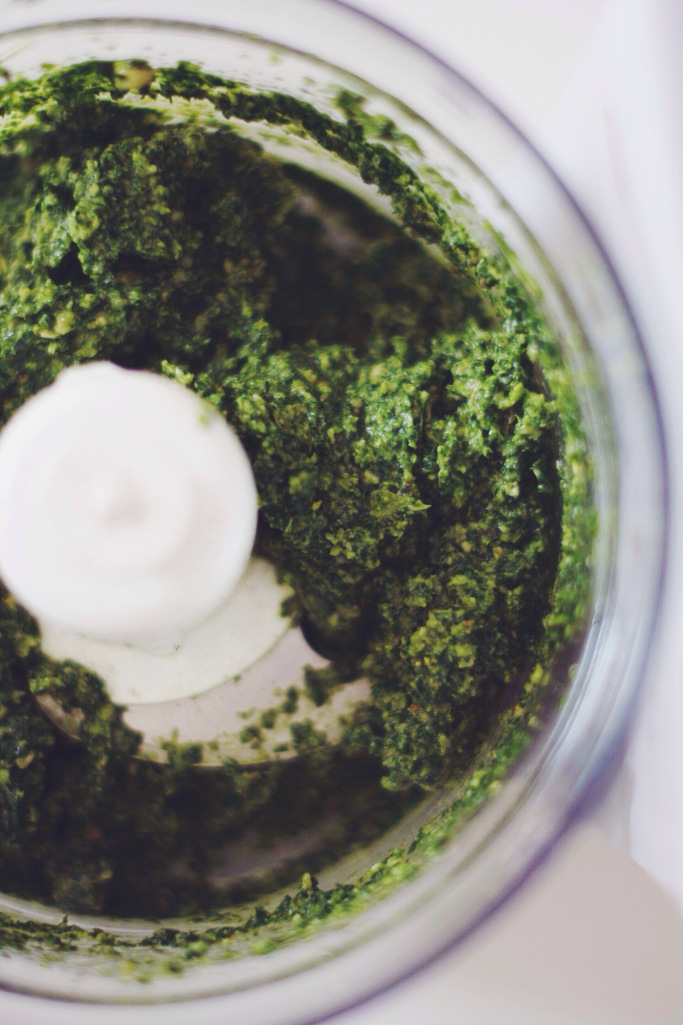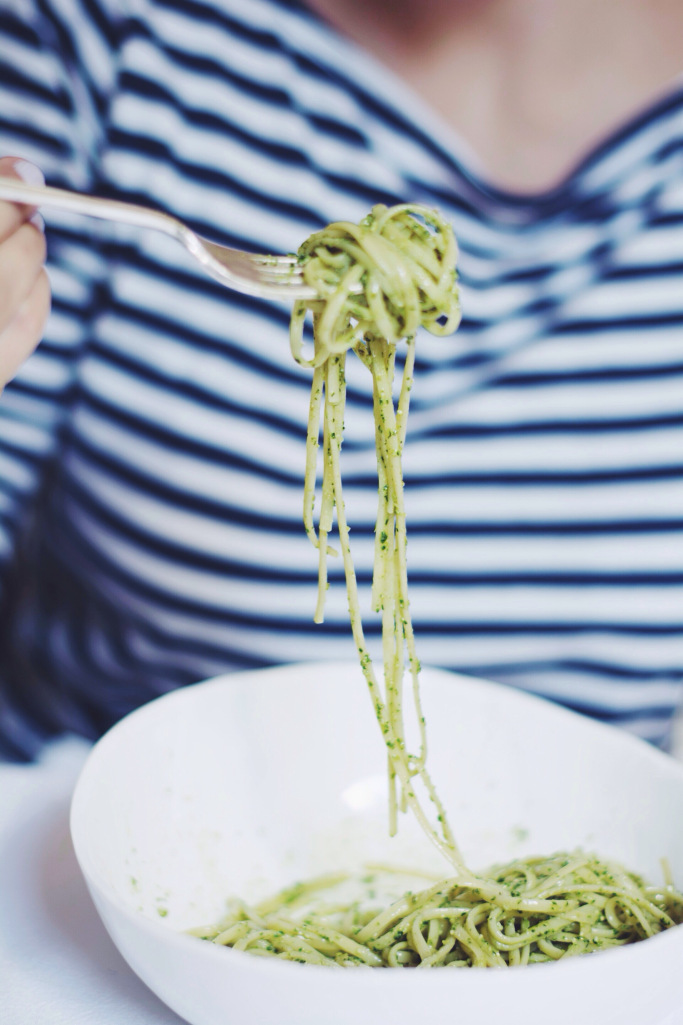By some kind of miracle - following weeks of neglect - my tiny little veggie garden is producing an abundance of basil and fiori di zucca. How? No clue - I am no gardener. But, I won’t question what life throws my way and instead have channeled any pondering energy into these very summery zucchini cappelletti. Ricotta, fior di latte and zucchini make the filling, and those sweet stuffed ‘little hats’ are finished in a simple butter sauce, with some of the aforementioned fruits of my neglect.
Zucchini Cappelletti with Fiori di Zucca
Serves 4. Makes around 60 cappelletti
INGREDIENTS
Pasta dough
360g soft wheat flour tipo 00
135g whole eggs
85g egg yolks
Fine semolina (for dusting the cappelletti)
Filling
300g ricotta
1 ball fior di latte mozzarella
2 small zucchini, finely diced
50g Parmigiano Reggiano
1 tbsp olive oil
Sauce
100g unsalted butter
Zucchini flowers, as many as you have but ideally 4-5 per person
Handful of fresh basil leaves
Extra grated Parmigiano Reggiano to serve
Method
Pasta dough
Place the flour in a mound on your work surface and make a well in the centre
Add your eggs and begin to whisk to until you have a thick custard-like consistency, incorporating a little bit of flour as you do.
Switch to a bench scraper and start to flip the flour from the outer edge over and onto the eggs, using a cutting motion to then mix it in. Continue to do this around all sides until you have a shaggy dough.
Begin kneading the dough vigorously for a good 10 minutes until the dough is springy and elastic, and not sticking to your hands at all
Cover and rest for 30 minutes while you make the filling.
Filling
Combine the ricotta, fior di latte and Parmigiano in a large bowl and season with a good pinch of salt and pepper.
Gently fry the zucchini in olive oil until softened, then transfer to a blender and blitz to smooth. Allow the zucchini to cook entirely, then fold it into the ricotta mixture.
Refrigerate until you’re ready to use.
Shaping the cappelletti
Divide the dough into four pieces. Work with one at a time - flatten the piece with your hand or a rolling pin before passing it through the thickest setting on your pasta machine. Fold the edges in to create a neat rectangle that fits the width of your pasta machine, and run it through the thickest setting again until your dough is uniform in shape
Continue passing your dough through the machine, working through each thickness setting until it’s 1/16” thick, typically the third to last setting on most machines
Cut the pasta sheet into two or three pieces so it’s easier to work with, then using a 3 inch circle cutter, cut the sheet into circles. Roll the scraps back into a ball ready and keep covered with the rest of the unused dough
Place a dollop of the filling in the centre of each circle, leaving around 1cm around the edges
Fold one side of the circle over to create a semi-circle, using your fingers to press around the filling to seal and to remove as much air as possible
Make a small dimple into the middle of the filling side of the semi-circle, then take the two bottom corner edges, bring them together so they just overlap, and press to seal
Continue with the rest of the dough, using as much of the cuttings/pasta sheet scraps as possible to reduce any waste
Place each cappelletti on a baking tray lined with a clean tea towel, or dusted with fine semolina
Finishing touches
Bring a large pot of generously salted water to boil
At the same time start to melt the butter in a large frying pan, whirling occasionally
Throw the cappelletti into the pot once boiling - they will take about 2 minutes while you finish your sauce
Back to the butter - add a 1/4 cup of the pasta water and immediately whisk and shake the pan continuously to create an emulsion. Throw in the Fiori di zucca and basil leaves.
Scoop the cappelletti out with a slotted spoon and add directly to the butter sauce - toss to coat in all of that goodness
Divide between four bowls, spooning over the extra sauce and distribute the Fiori di zucca and basil between them.
Serve with a dusting of grated Parmigiano Reggiano

